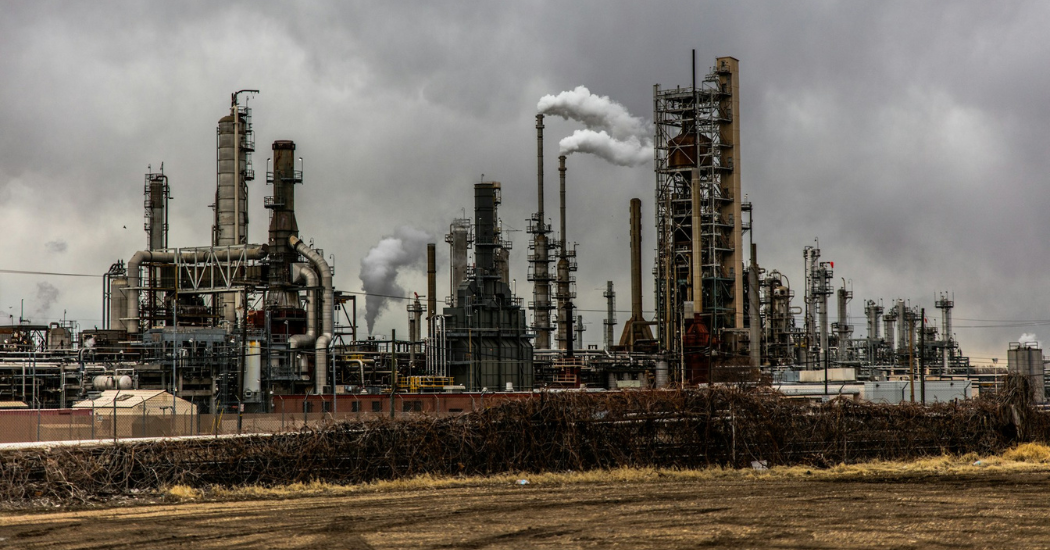Failed seals on boiler feed systems can cause complications ranging from escaped steam to equipment corrosion. However, you can take a few straightforward steps to prevent these complications. Here’s how to maintain them properly and avoid unnecessary problems.
Safeguard Against Excessive Shocks and Vibrations
Frequent shocks and vibrations can cause boiler feed system seals to fail sooner than expected. They cause the shaft to move and eventually become misaligned, raising the likelihood of seal failures.
However, installation mistakes are among the common causes of vibrations that lead to failed seals. The best approach is to promptly contact the installer or manufacturer to report the issue and get it addressed.
Vibrations that occur years after installation are likely due to a malfunctioning pump. Another possibility is that a component has loosened over time, resulting in noticeable vibration. Either of these issues require professional attention to solve.
Keep the Seal Lubricated
Pump seals typically require lubricants to prevent excessive heat and friction from occurring around the shaft during operation. Running the pump without lubrication makes the seal fail faster.
Some premium-grade synthetic pump lubricants only require reapplication every two years or more, but people should always follow the manufacturer’s guidance for advice on which to use or avoid.
Use the Right Seal Size for the Job
People who work with boiler feed systems understand it’s just as important to improve how a 20-gallon setup works as a 500-gallon one. Seals can fail when people use sizes inappropriate for the job or pump size.
For example, larger pumps typically need bigger seals to accommodate higher flow rates and pressures. When setting up a new boiler feed system, consider getting professional advice on its usage and the most appropriate seals and other components.
Invest in Condition-Monitoring Equipment
Innovations such as Internet of Things sensors allow people to see the status of vital equipment without being physically near it. Some solutions also have predictive features that warn of problems days or weeks before equipment failures occur.
The company VROC, created an AI predictive model for three Produced Water Pumps for an Oil and gas company. The model looked at both live and historical data to learn what normal and abnormal operations looked like. This approach alerted the team to a leaking mechanical seal since they could see significant deviations from the norm for the system’s temperature and pressure readings.
The plant was able to schedule a pump changeover before the seal failed which prevented a complete plant shutdown. The VROC platform was able to detect the deterioration over five days before failure. The cost savings start adding up quickly when incidents are caught in time for trip and restart.
Proactiveness Supports Better Seal Performance
You’ll probably notice proactive behavior is a common thread running through many of these tips. The main thing to remember is that seal issues become less common when you and everyone who interacts with the boiler feed system know how to spot and react to problems quickly.
Consider holding periodic training sessions to familiarize employees with signs of trouble if boiler feed systems are part of your company’s critical equipment. Ensure they understand the process for efficiently documenting and reporting issues. The sooner the relevant parties know about abnormal functionality, the quicker they can assess the problem and avoid failures.
Image source: https://unsplash.com/photos/factories-with-smoke-under-cloudy-sky-
6xeDIZgoPaw




